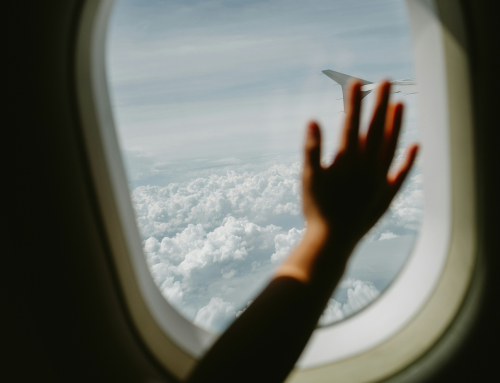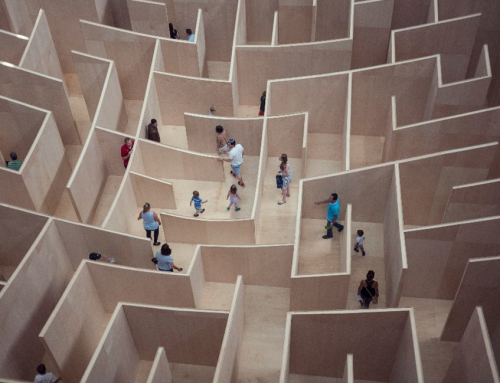by Jan-Bert van-den Berg
Artlink’s Curious Routes is one of the strands of work that inform the ground-breaking REALITIES projects, funded by the UKRI Mobilising Community Assets Programme. Jan-bert van den Berg is the community-embedded researcher for the Edinburgh Hub. Through grassroots creative practice and interaction, we support individuals to share interests that establish networks of wellbeing. These will create a ripple effect of shared experiences that seeks to influence necessary change in how public structures tackle health inequalities.
During the first pandemic lockdown the power of community action came to the fore. Neighbours looked out for each other, communities came together to make sure that those in need got fed and were not isolated, voluntary organisations quickly pivoted to provide their services on the doorstep or remotely. The flexibility in response made all the easier by streamlining the ways in which this work could be stimulated and supported.
So how do we hold on to the spirit of the possible?
I am pretty convinced that, despite all that has changed in communities recently, that this spirit is alive and well. The pandemic was followed by a cost-of-living crisis and the same attitude to supporting a shared response continued. It is only when these pressures waned, we appeared to revert to a more siloed and cumbersome way of relating to each other. Is it the more abstract public spending squeeze that provokes this change in behaviour? Possibly, but more importantly how do we create the conditions for the alternative approaches to continue to flourish.
Perhaps the answer lies in paying greater attention in how create more spaces where people can just be. Be together, share interest and experiences, share skills and learn new ones, positively challenge and be challenged, and look outwards rather than inwards.
Making art and arts practice often creates a space where people can come together in a supportive and open environment. When new ideas are explored, different perspectives are shared and so the conditions are created for alternative ways of working to emerge. Being together, cooperating, taking on different perspectives and exploring new possibilities are the first steps in creating a dynamic that can shift bigger things. It is also something that can grow, perhaps initially by simply recognising that it happens all the time and is all around us. So how then do we stimulate more of this to happen. How do we create the conditions for this grow organically and follow its own path?
What needs to change?
Not as much as we think. We know that people are brilliant, they are inventive, compassionate and will look out for each other. These values are often recognised and held central in local and national policy and strategies too. The voice of community experience becomes louder when supported by a Poverty Commission [1], kindness more central in our thinking when it is emphasised by the Chief Medical Officer [2], support for more vulnerable members in towns clearer when focusing on the social determinants of health through becoming a Marmot Place [3]. Following through on these approaches should build towards creating the conditions where ‘customers’ become citizens once again, where suppliers return to be voluntary organisations, and market shaping becomes collaborating.

How then does this all relate to what happens at Silvan House in Edinburgh, where the Curious Routes project supports a cultural commons for mental health? The participants, artists and producers are working together to develop their skills; to clarify their sense of where they are in a new locality; to reach out and develop short- and longer-term partnerships that extend these creative explorations; and to challenge their expectations of what these partnerships might bring. Often in this process the excitement of developing a new creative idea, is followed by recognising the potential for growth of that idea through exploring it with others. This often leads to a desire to share this positively experienced process with other communities and that tends to inevitably lead to a set of new possibilities.
Although none of this is specifically set out in detail it is about creating a shared space where the environment is created where all take risks that they are comfortable with, where they embrace the unexpected and unknown, and where possibilities are created to take a step forward. If we are to scale anything up, it is that an appetite to work together across different perspectives and experiences and a willingness to share with each other the fear and excitement of the unknown – knowing that if this is supported in a safe shared space the whole is greater than the sum of its parts.
[1] https://edinburghpovertycommission.org.uk/
[2] https://www.gov.scot/publications/realistic-medicine-taking-care-chief-medical-officer-scotland-annual-report-2023-2024/
[3] https://www.instituteofhealthequity.org/taking-action/marmot-places




